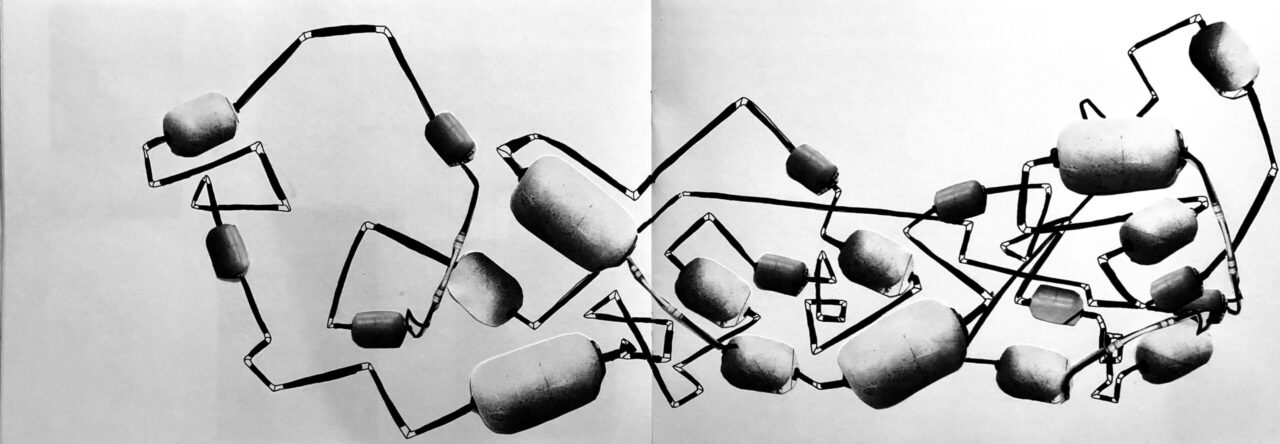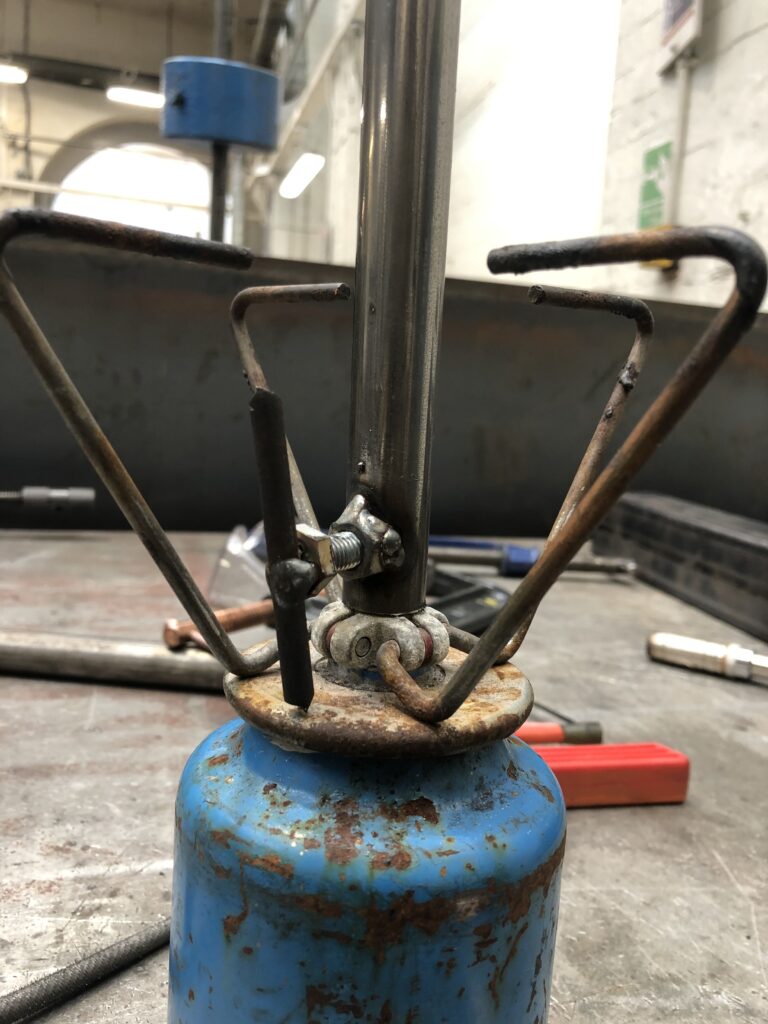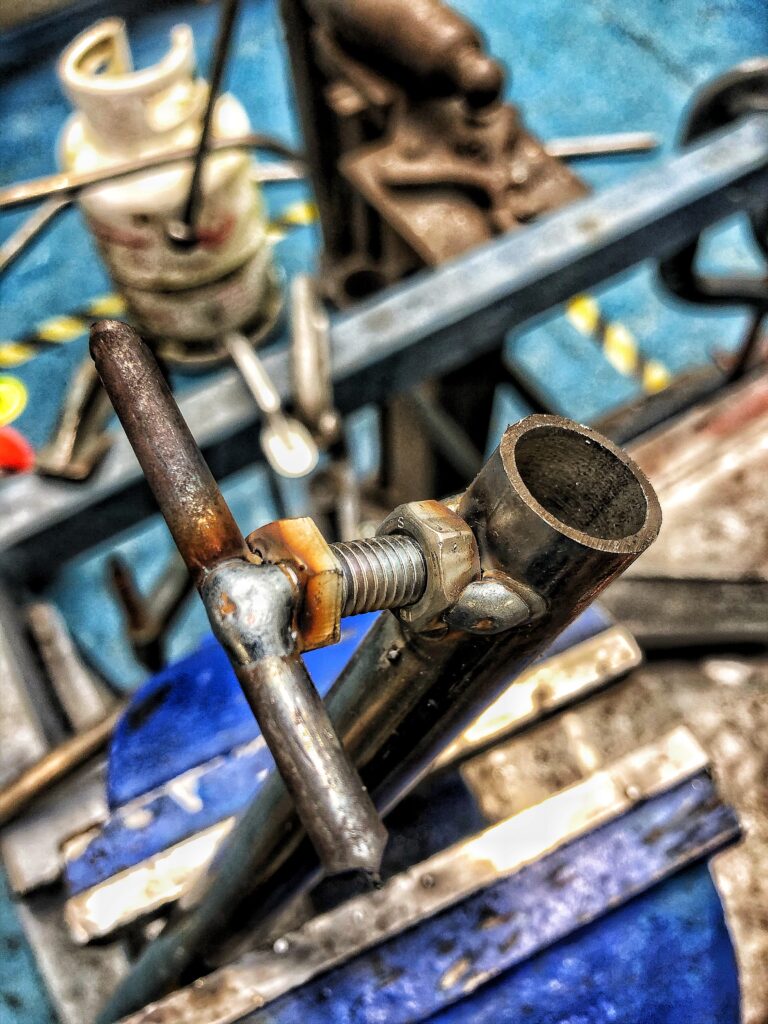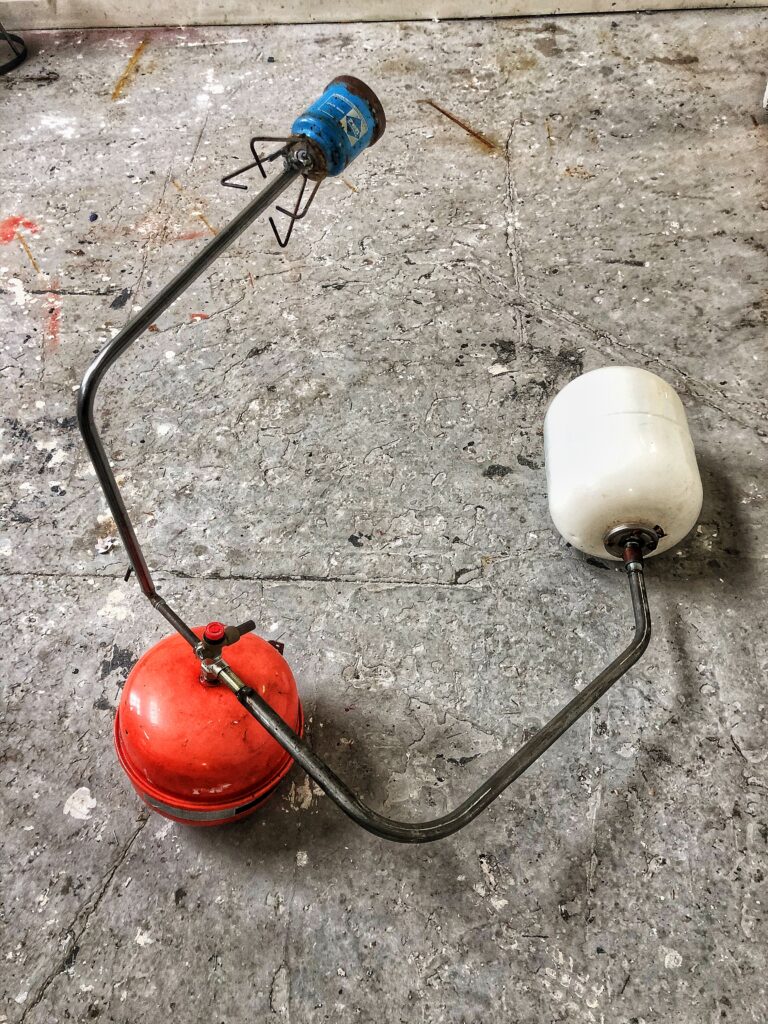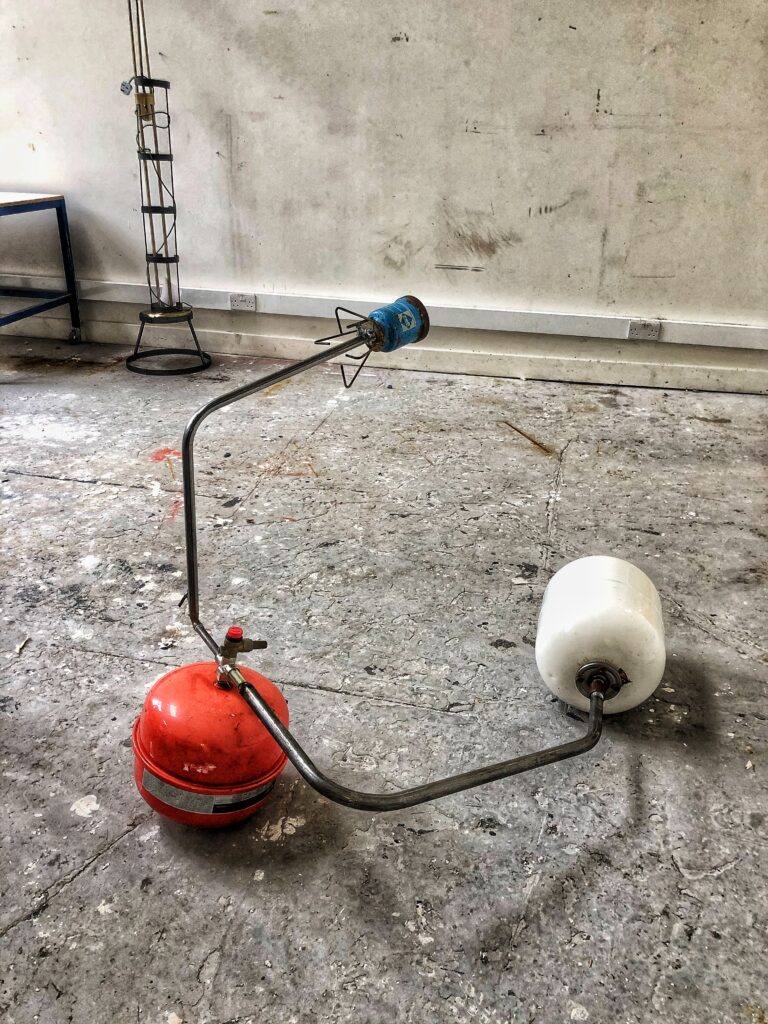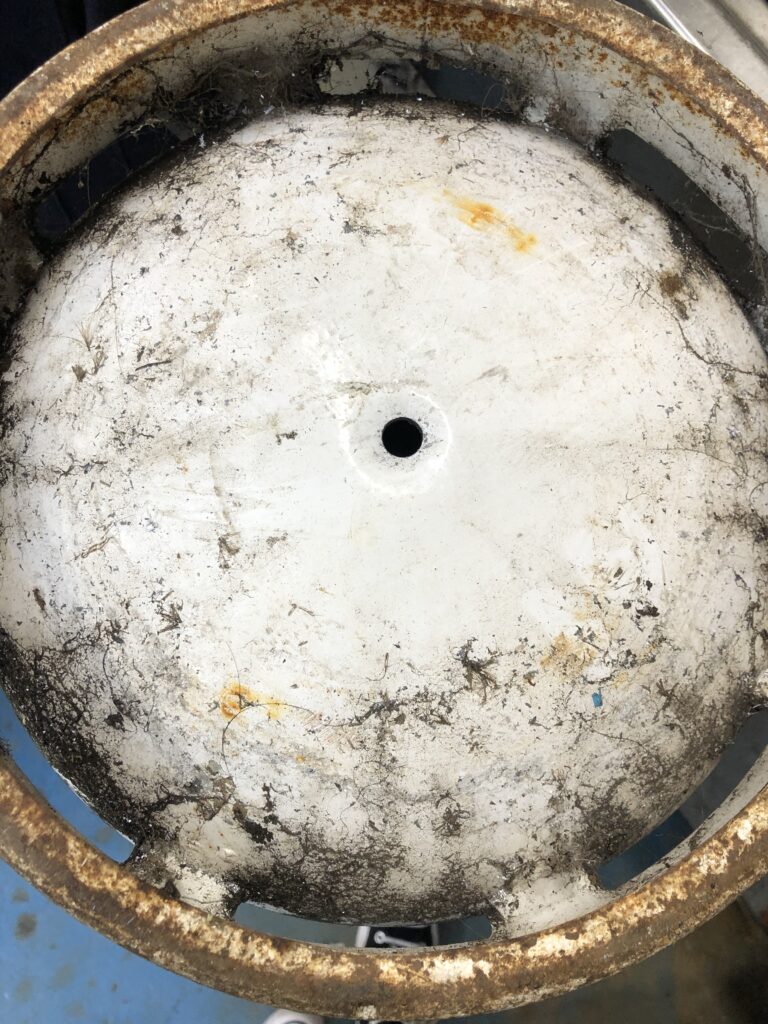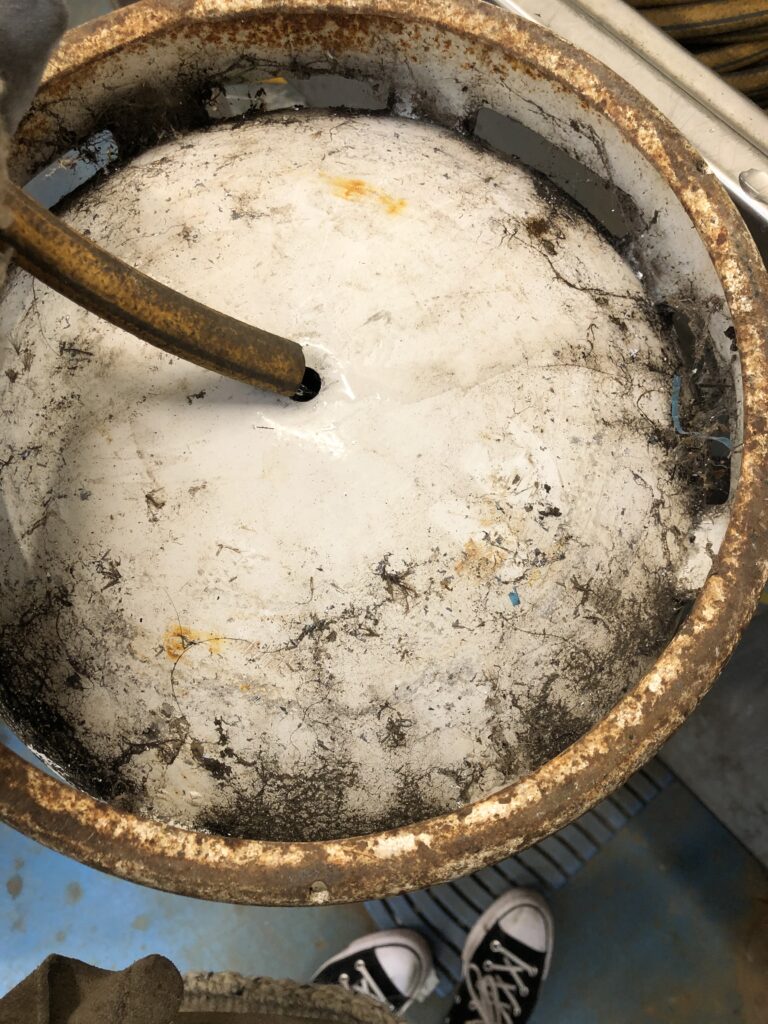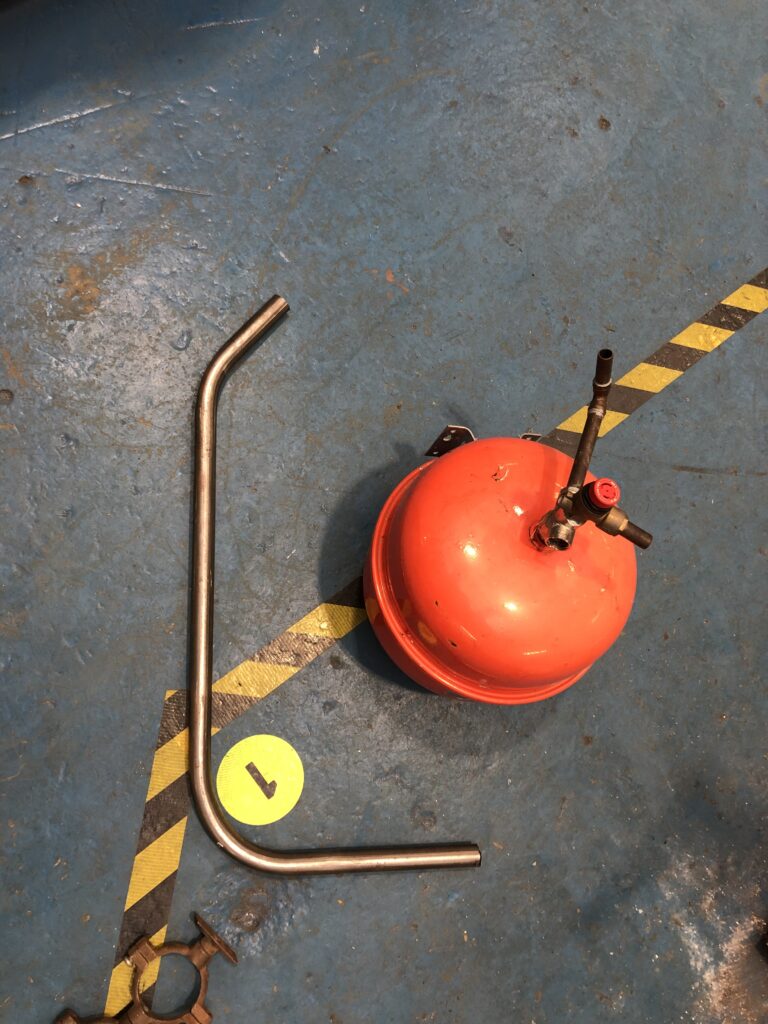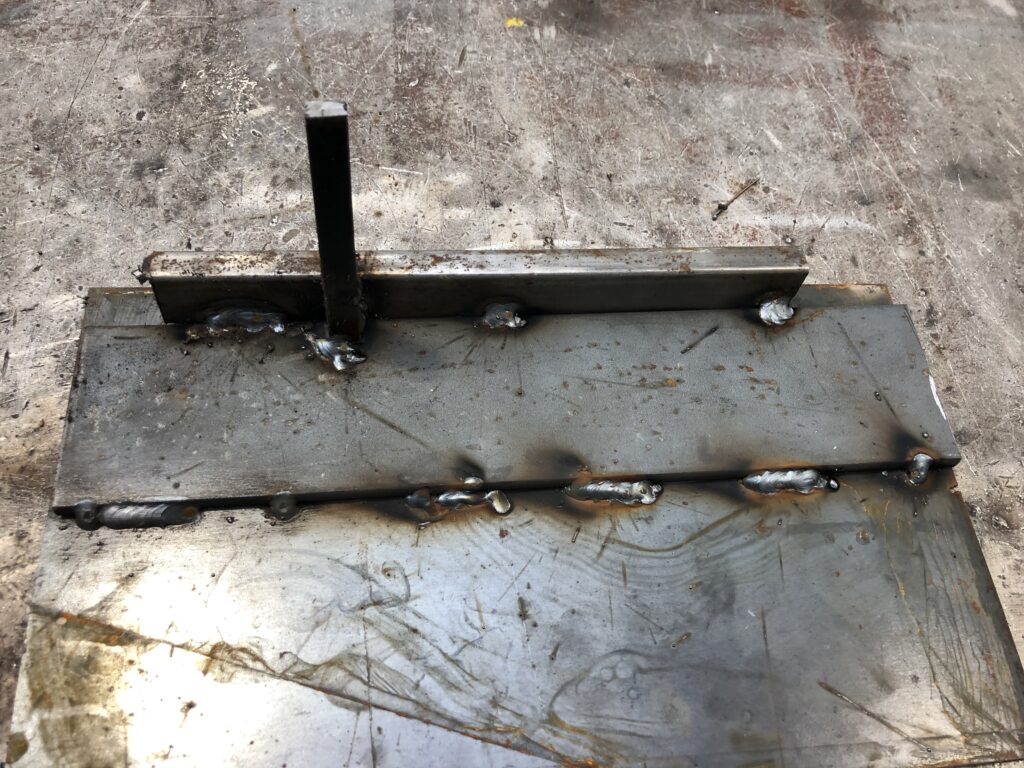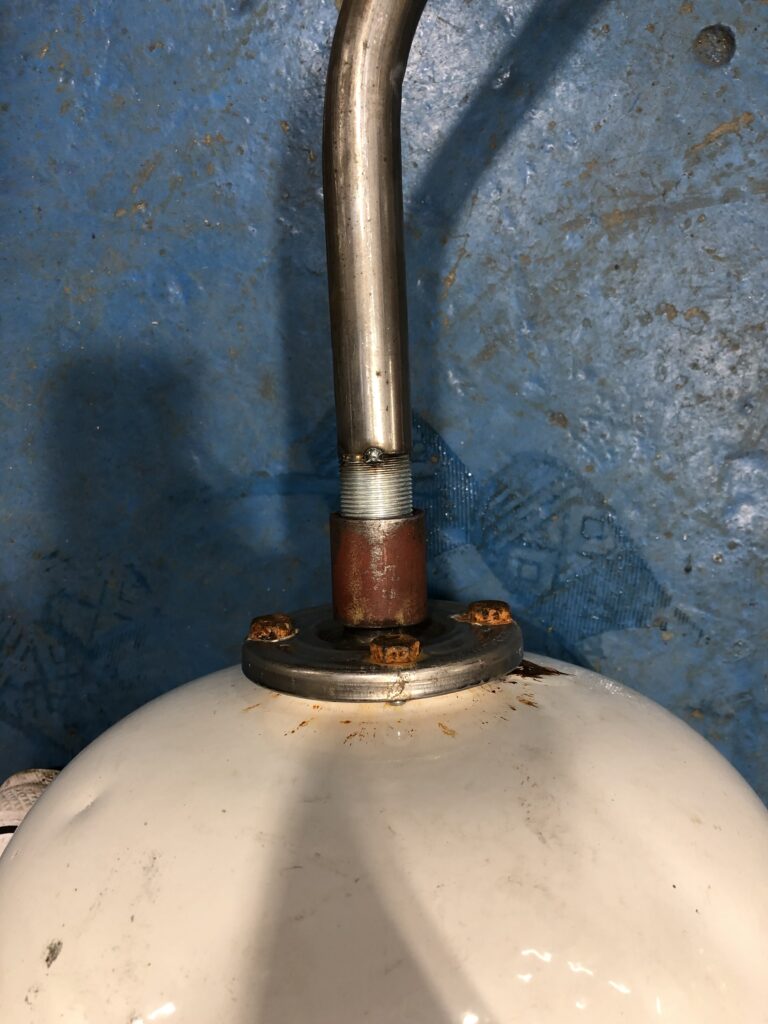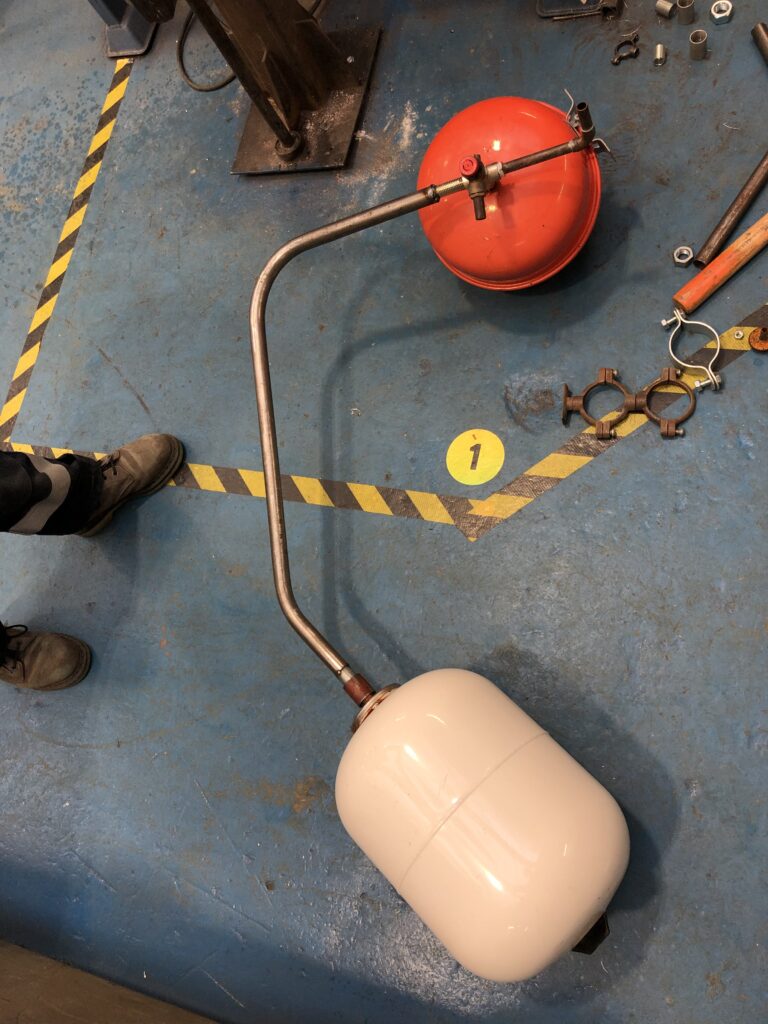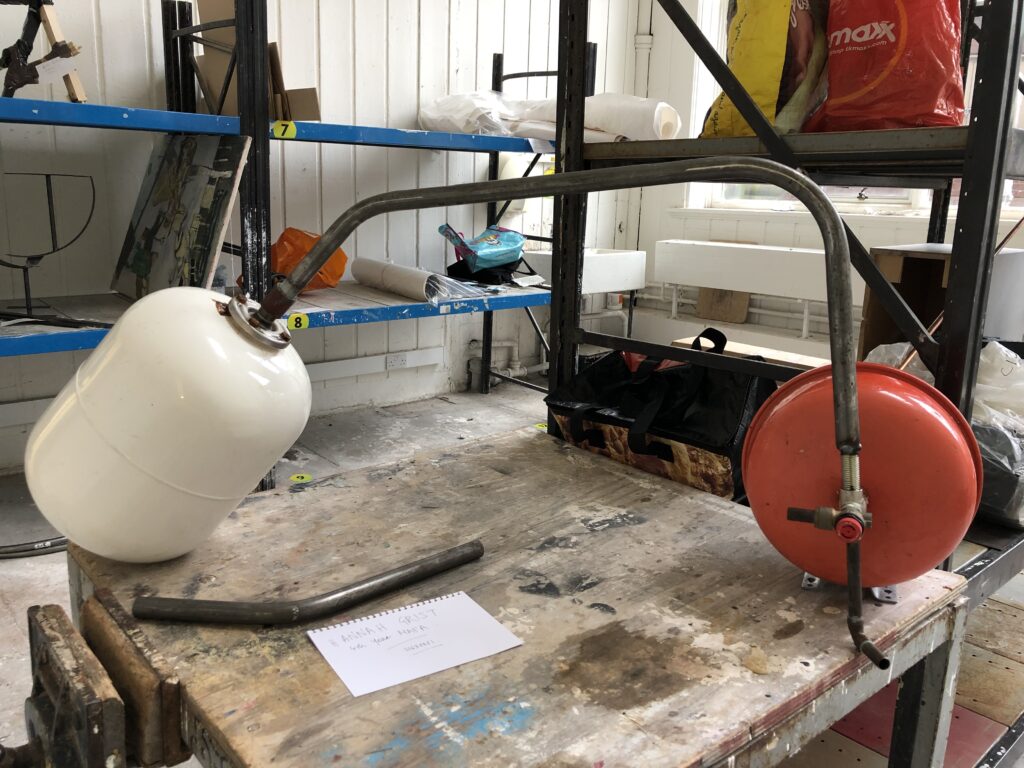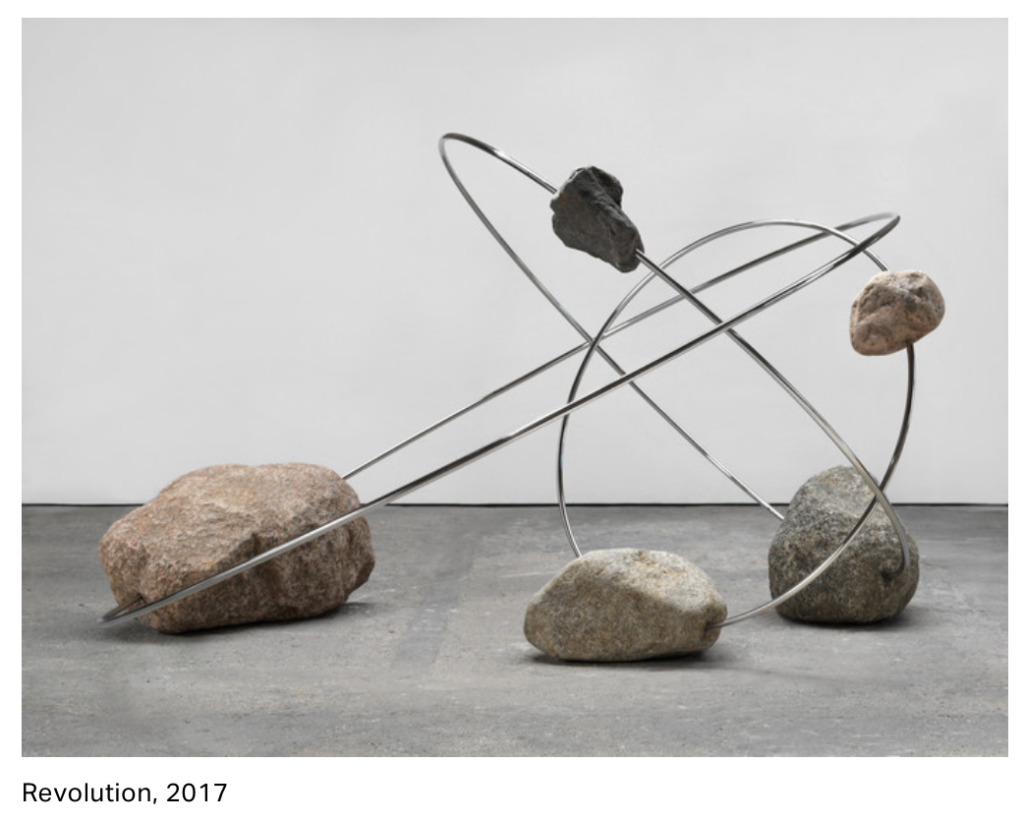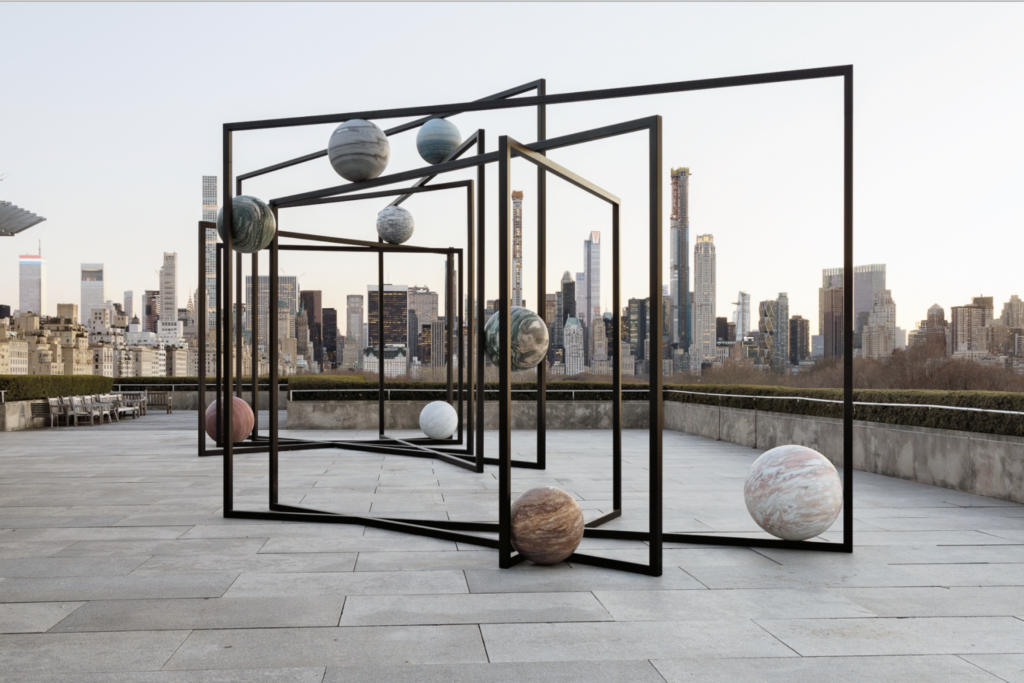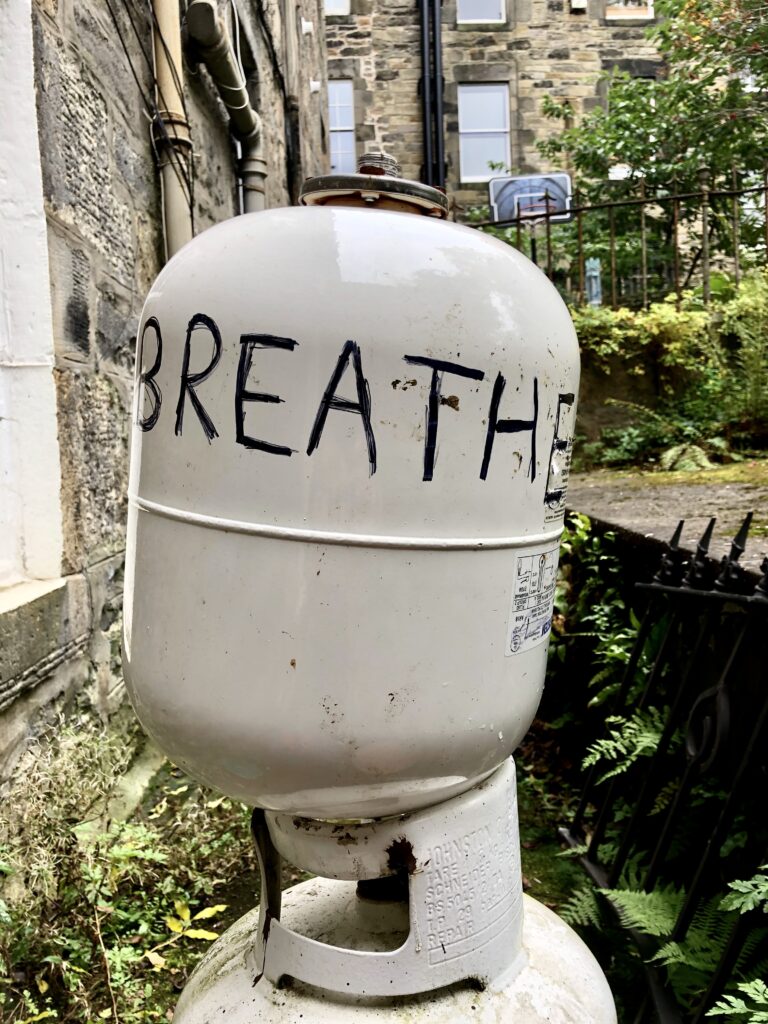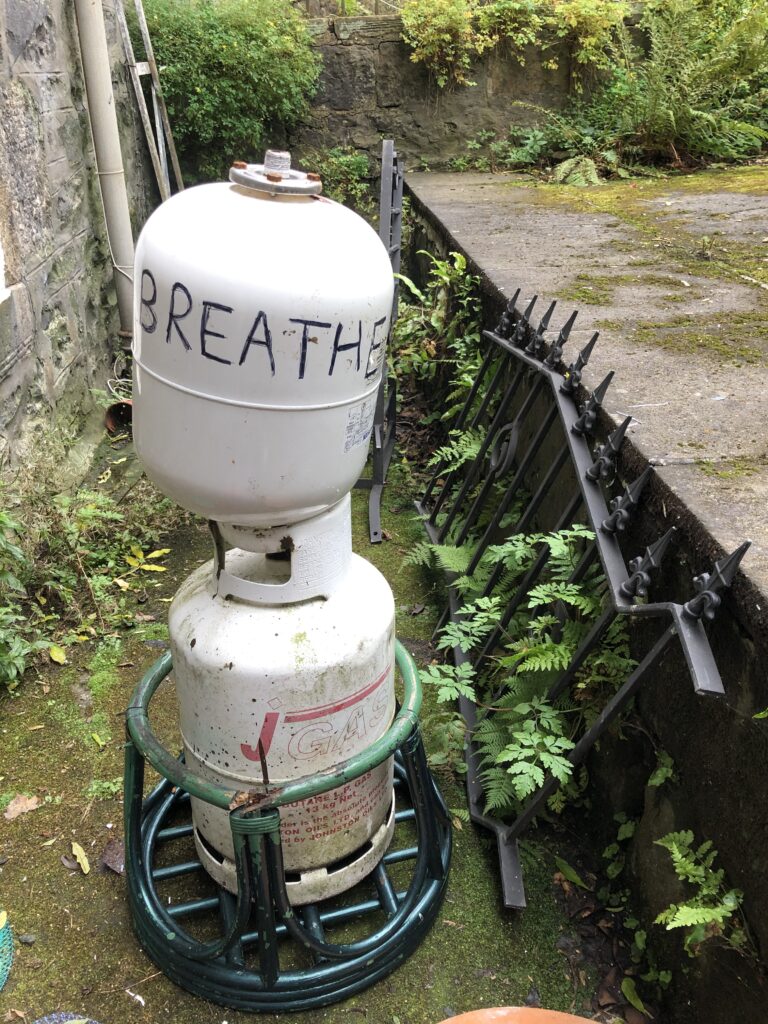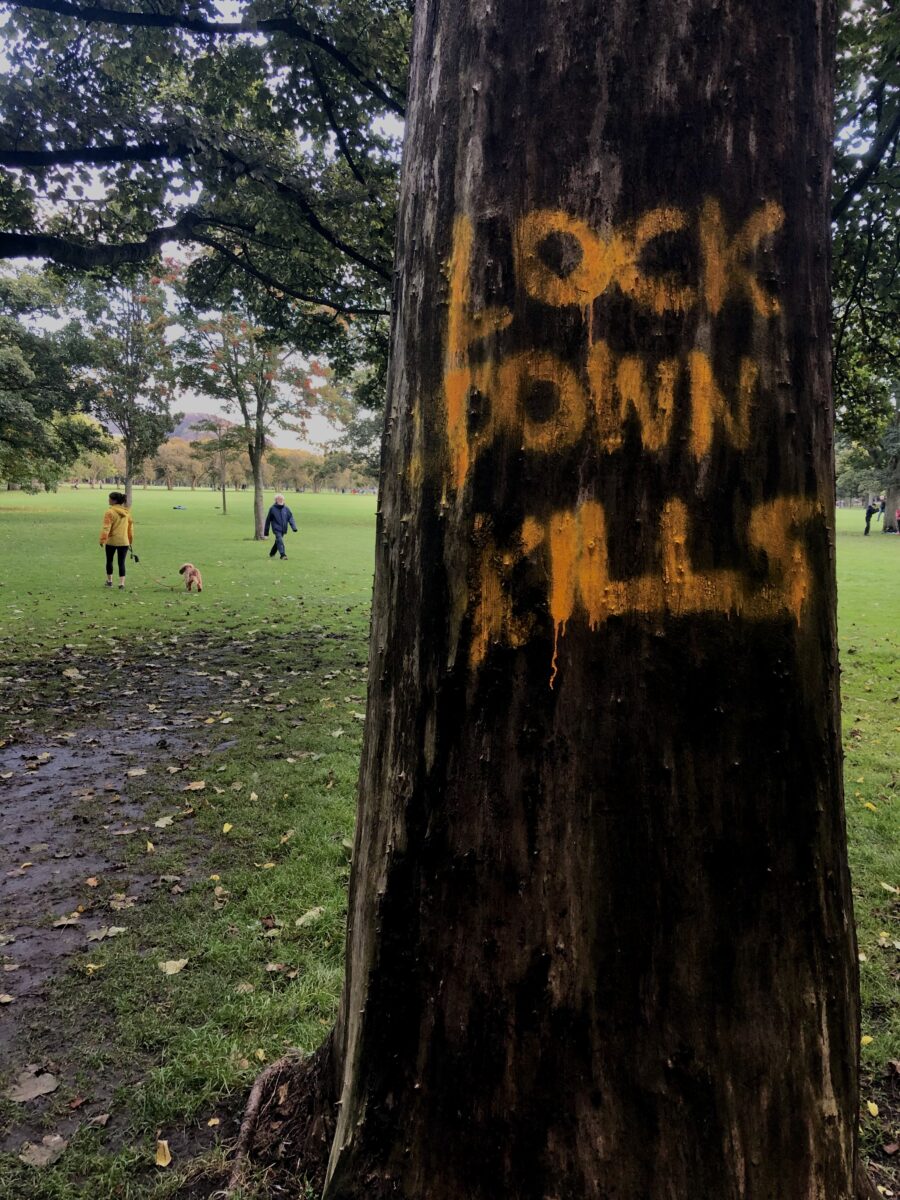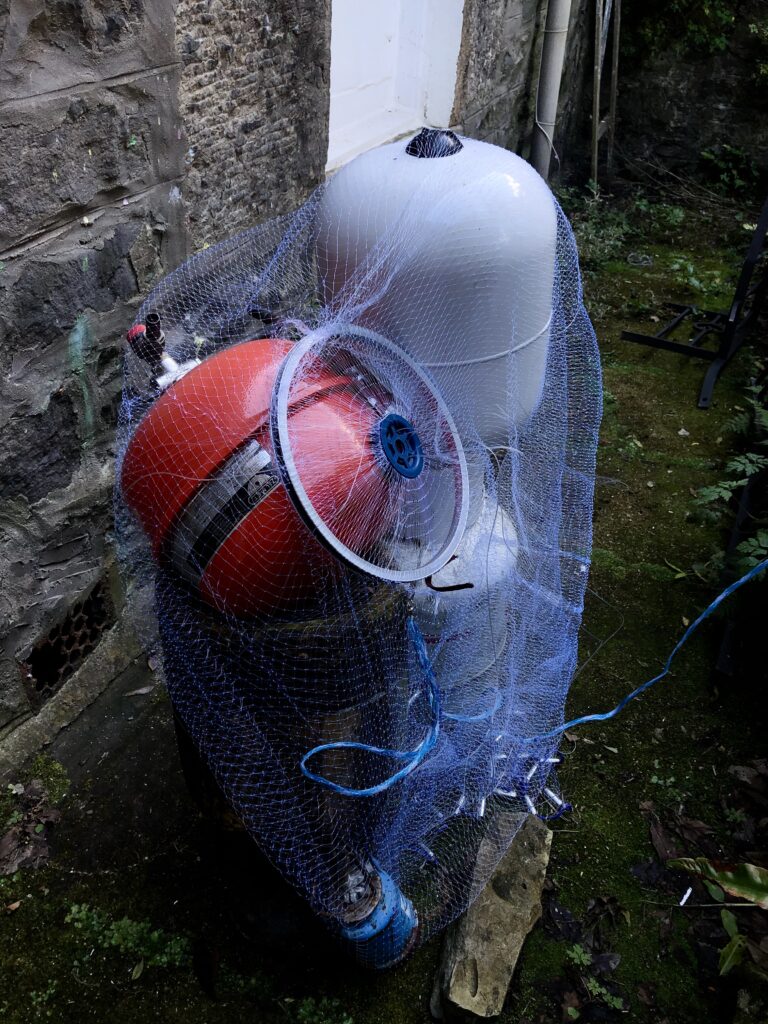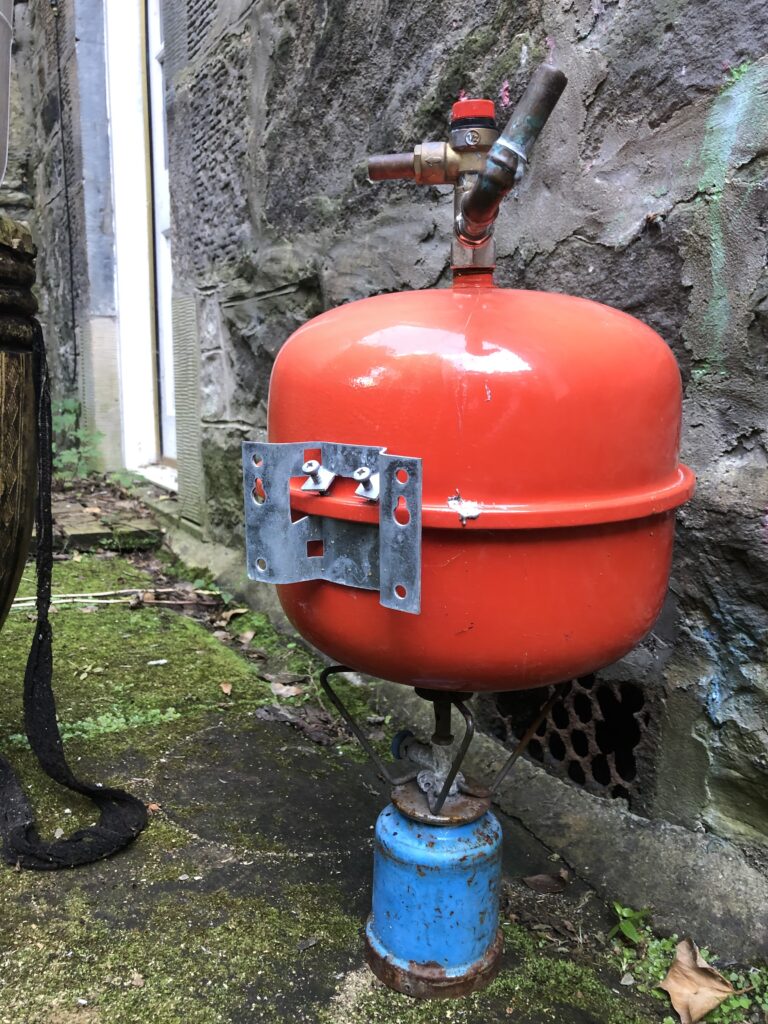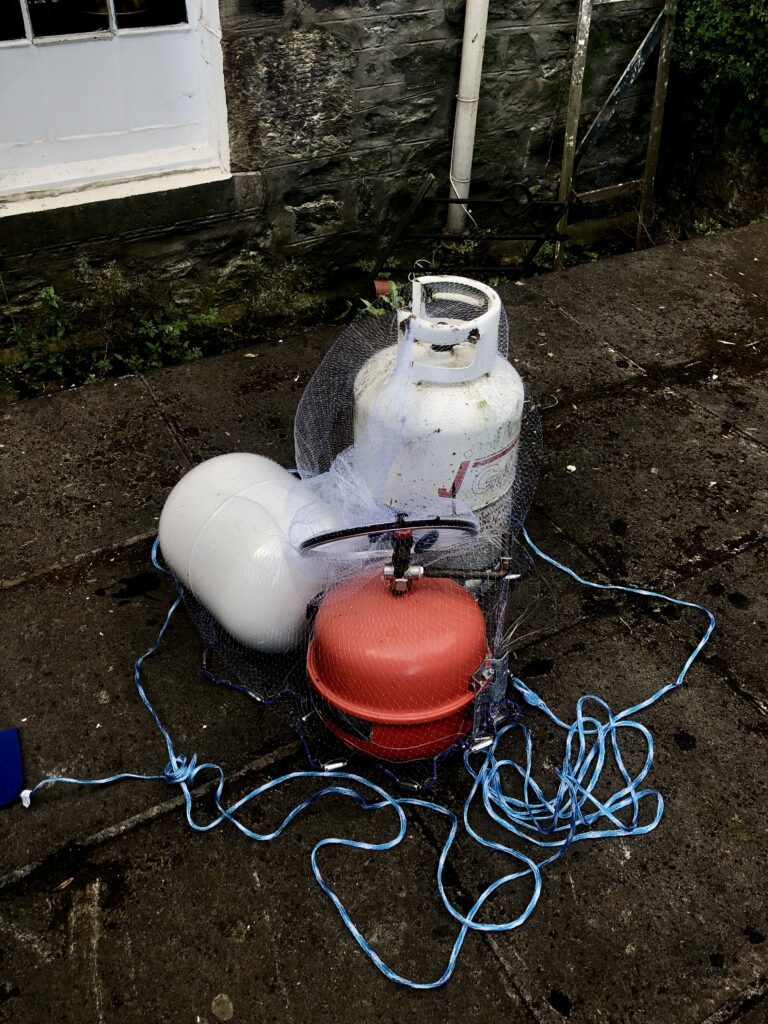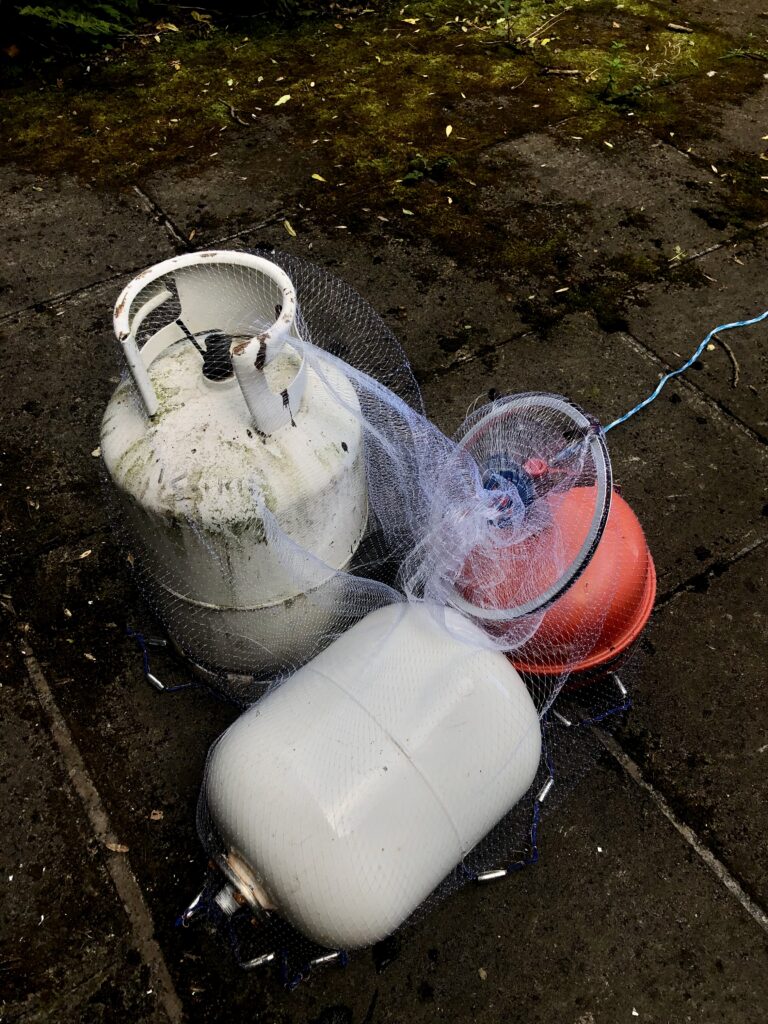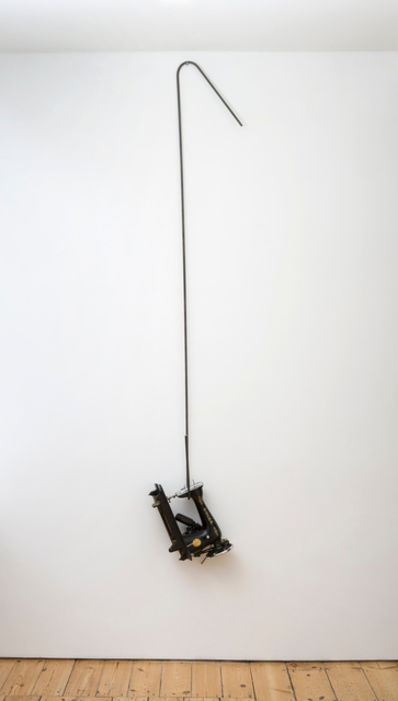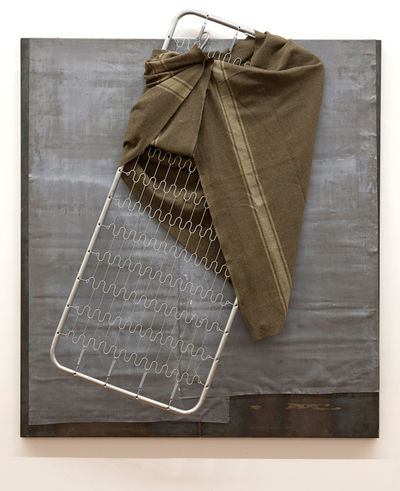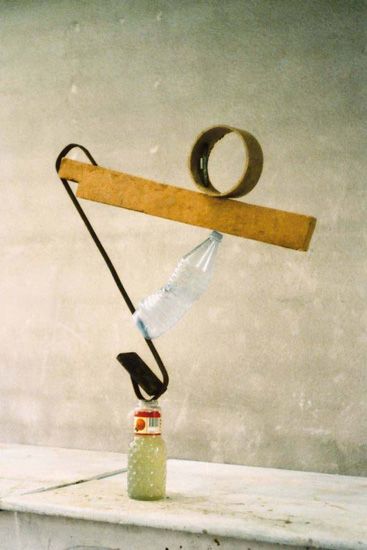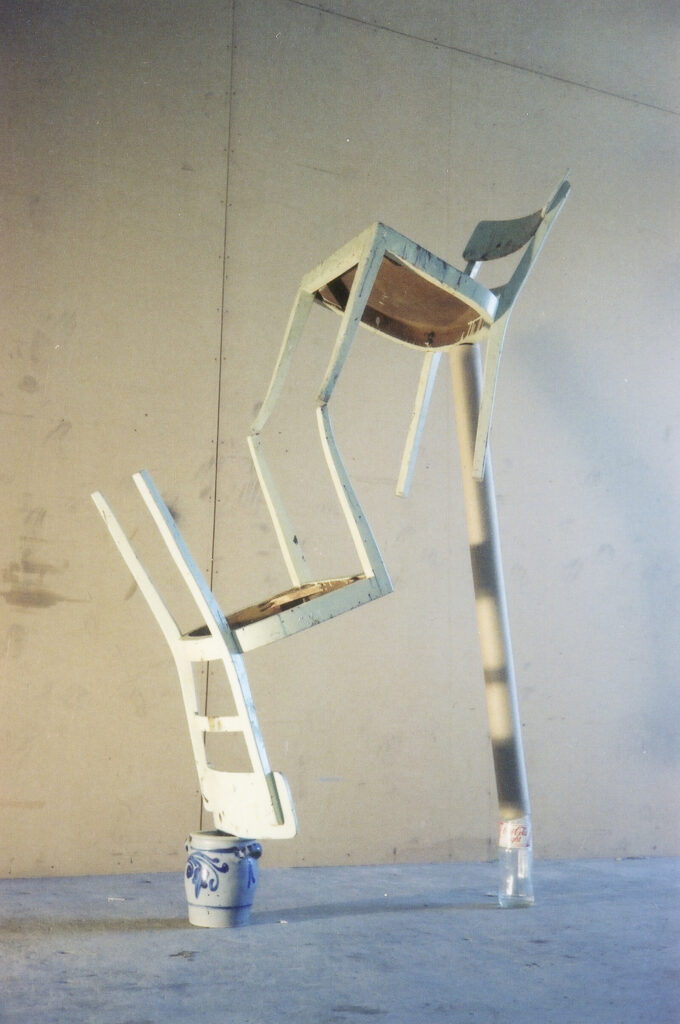Through my work I would really like to resist the sense of a pristine, clean, neat, ‘finished’, white space, untouchable installation. Instead, throughout my practice, I have constantly leant towards the nitty gritty, dirty, ‘ok, that’ll do’ result. I find works which attain such qualities more human, relatable and true to life. They speak to the viewer, allow them to enter their space, rather than detract with a subjugating stare.
Hence, wherever possible I intend to keep signs of neglect, the process of formation and unsteady but ‘capable’ elements.
I suppose what I am trying to allude to is that…
The world and its inhabitants aren’t perfect- so why should we strive for perfection? Perfection does not make sense. It is inhuman. We should embrace slow processes, instability, neglected histories, problems left unsolved- and contemplate them with loving affection rather than repulsion.
This message/conecpt may not be crystal clear through the eyes of the viewer- but I intend to use this as a motive for my work, perhaps contribute to the (continued) development of a particular aesthetic or ‘style’.
